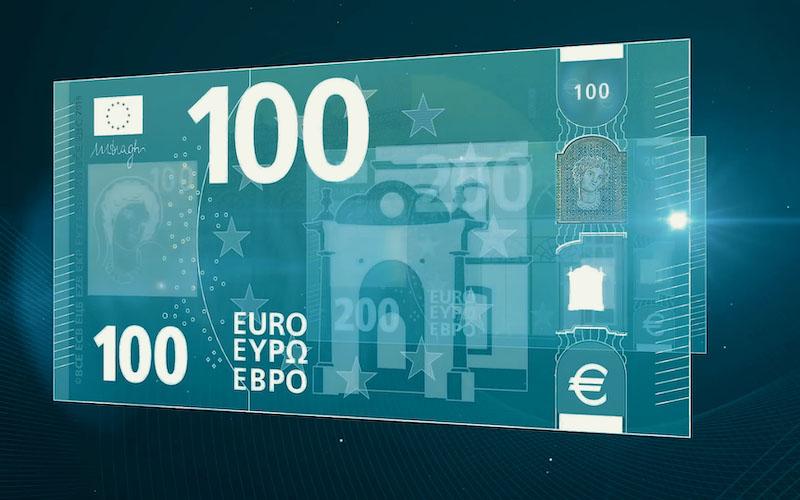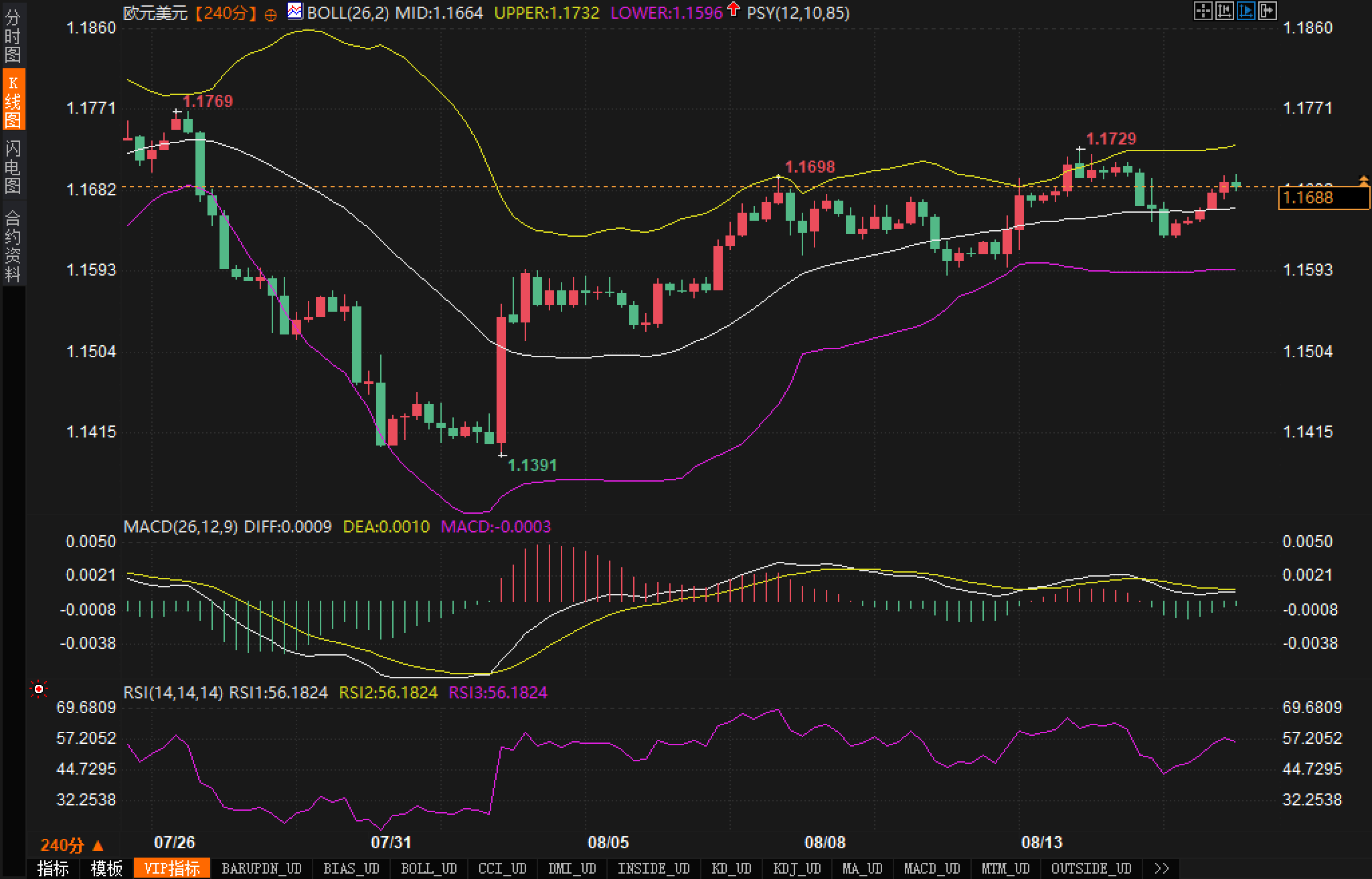The tug-of-war between interest rate differentials and inflation expectations: two paths for the euro in the short term
2025-08-15 22:08:15

Following the data release, the US dollar index hovered near a two-week low of 97.80, allowing the euro to rebound and recover some of its losses from Thursday. In the futures market, CME FedWatch indicated an 88% probability of a 25 basis point rate cut in September, retreating from its "fully priced" reading earlier this week. The previously modest CPI was partially offset by stronger-than-expected PPI and resilient retail sales data.
Fundamentals
Looking at the growth and price structure, July's retail sales, despite the appearance of "stable volume and weak prices," signaled a slowdown in momentum. The control group rose by only 0.5%, weaker than the market consensus of 0.8%, suggesting that consumption's contribution to third-quarter real GDP may be lower than previously estimated. The year-on-year growth rate fell to 3.9%, also indicating a slowdown in nominal consumption expansion. Typically, cooling consumption would increase bets on interest rate cuts, but this week's stronger PPI and resilient retail sales have lowered expectations for a September rate cut from 100% to 88%, reflecting traders' reassessment of inflation stickiness and a rebalancing of policy paths. Meanwhile, the New York Fed's manufacturing index jumped to 11.9. While a regional measure, it revisits the market's pessimistic outlook for manufacturing activity and helps to curb the expansion of the dollar's safe-haven premium.
The US dollar index is currently being held in check by two forces: first, policy uncertainty stemming from the mismatch between consumption and inflation; second, the forward-looking nature of interest rate pricing (fewer and slower rate cuts) and the ongoing narrative of a "soft landing" for the economy. The euro is benefiting in the short term from the dollar's pullback and the narrowing of interest rate differentials, with the exchange rate poised to test 1.1700. However, in the medium term, it remains to be seen whether the divergence between US terminal interest rate expectations and European fundamentals will widen further.
Technical aspects:
The four-hour candlestick chart and Bollinger Bands indicate that after a step-up rise from the low of 1.1391, the exchange rate is currently trading between the middle and upper Bollinger bands. Indicator parameters show the middle Bollinger band at 1.1664, the upper Bollinger band at 1.1732, and the lower Bollinger band at 1.1596 (the lower band shifted upward). The latest price is approximately 1.1688, above the middle band. The Bollinger Bands have slightly widened after a period of convergence, with the middle band turning upward, suggesting the short-term uptrend has not been broken. However, selling pressure near the upper band is increasing as the band recovers. In terms of price structure, two highs were recorded in August, 1.1698 and 1.1729, with the latter being slightly higher, forming a "rising high." This trend, when viewed in relation to the market's rhythm, indicates a moderate upward trend. Above, the upper band between 1.1729 and 1.1732 (the upper band) forms an overlapping resistance zone, forming a watershed between bulls and bears.

In terms of momentum, MACD shows DIFF of 0.0009, DEA of 0.0010, and histogram of -0.0003, indicating that the fast line is slightly lower than the slow line and the momentum has slightly declined. This is a "breathing" consolidation in the trend rather than a clear reversal. RSI (14) is at 56.1824, in the neutral to bullish range, not significantly overbought, and there is still room for upward movement, but it requires the cooperation of price and volume (volatility). Therefore, the support focus is 1.1664 (Bollinger middle band) and 1.1596 (Bollinger lower band), and below it is the key low point of 1.1391; resistance is 1.1729 previous high and 1.1732 upper band. If it is effectively broken through and accompanied by the MACD column turning positive, it can be confirmed that the bullish structure has been further extended. If the upward attack fails and falls back below the middle band, the short-term will enter the 1.1596-1.1664 horizontal channel and buy high and sell low oscillation.
Market Sentiment Observation
From a risk-on perspective, equity markets have recently maintained their buy-in to the "economic slowdown, but not recession" narrative. The repricing of the policy path in interest rate futures has resulted in a flatter volatility curve, rather than a panic-driven surge. In the foreign exchange market, option implied volatility is in the mid-range. Combined with the neutral-to-bullish RSI and the mild MACD divergence, this reflects a cautiously bullish market consensus: traders are willing to embrace marginal improvements in the Euro, but are reluctant to pay a premium to chase gains. Potential turning points in sentiment lie in two pieces of information: a resurgence in inflation expectations (which would rapidly push up real yields and support the US dollar); and unexpectedly weaker consumption and labor data (which would increase bets on rate cuts and weaken the US dollar). Between these two extremes, the market is leaning towards hedging directional risk through spread and volatility strategies, employing a mix of trend and swing trading, with minimal position management.
- Risk Warning and Disclaimer
- The market involves risk, and trading may not be suitable for all investors. This article is for reference only and does not constitute personal investment advice, nor does it take into account certain users’ specific investment objectives, financial situation, or other needs. Any investment decisions made based on this information are at your own risk.





















